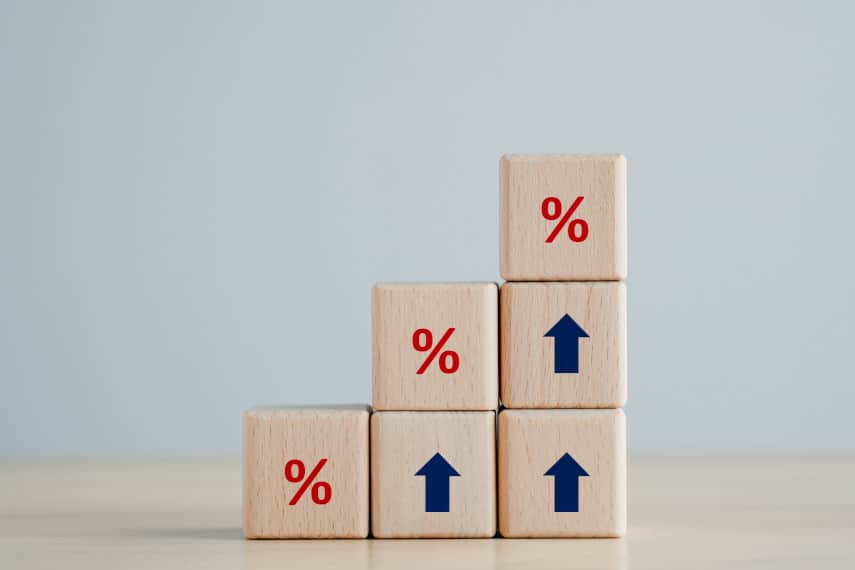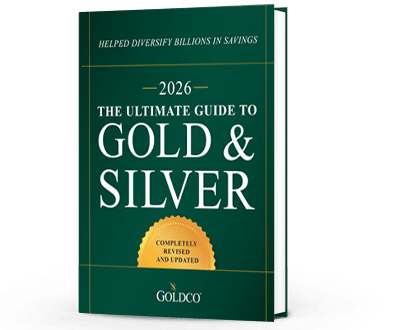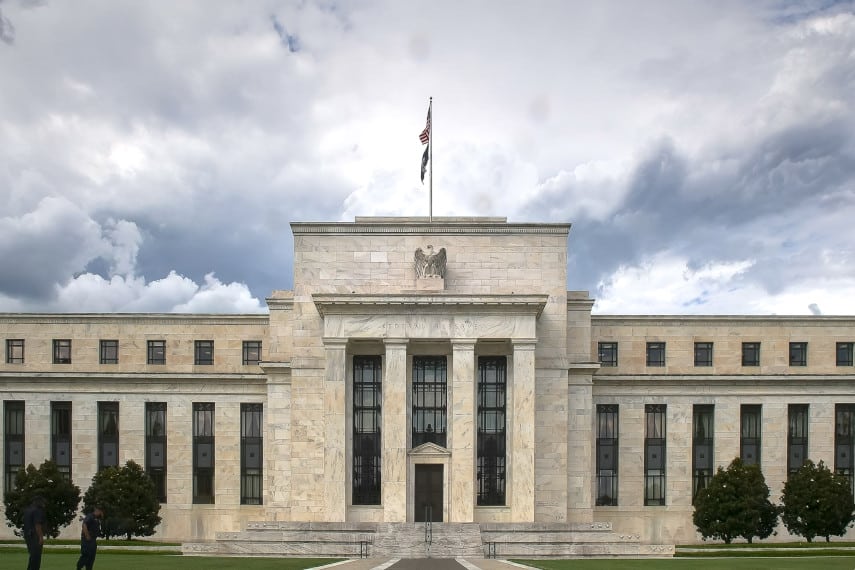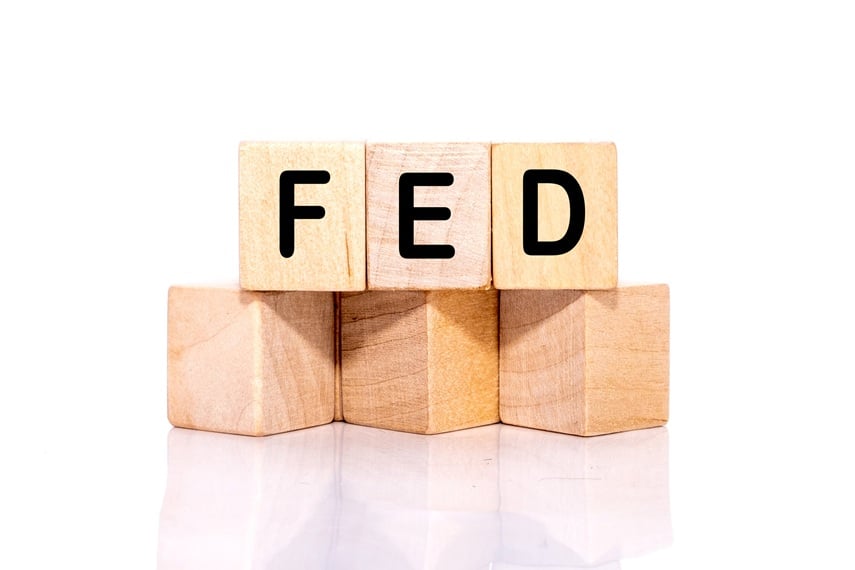
Last week the Federal Open Market Committee raised its target federal funds rate another 25 basis points, to 5.00-5.25%, the highest level since 2007. It was an expected move, but now the question surrounding the Federal Reserve is where it will go from here.
Will the Fed continue to hike interest rates until it sees real progress in fighting inflation? Will it pause for a while to see what effect its interest rate hikes have had on the economy? Or will it transition into rate cuts in hopes of forestalling a potential recession?
Parsing the Fed’s Statement
For markets, which have been hoping for Fed rate cuts for months, the FOMC statement last week couldn’t have left them very hopeful. Of particular interest were the sentences right after the FOMC announced the rate hike:
“The Committee will closely monitor incoming information and assess the implications for monetary policy. In determining the extent to which additional policy firming may be appropriate to return inflation to 2 percent over time, the Committee will take into account the cumulative tightening of monetary policy, the lags with which monetary policy affects economic activity and inflation, and economic and financial developments.” (emphasis added)
That right there indicates the potential for future rate hikes, something most analysts had thought wasn’t possible. But with the US economy continuing to add jobs and the unemployment rate still at 3.4%, there’s little in headline jobs data to nudge the Fed to cut rates, and even a pause seems unlikely right now.
The Bureau of Labor Statistics (BLS) will report April inflation figures on May 10th and May inflation figures on June 13th, and the FOMC will issue its next monetary policy decision on June 14th. That gives the FOMC the benefit of two more inflation reports before making its next rate decision.
Right now inflation is at 5% year on year, but the Fed is sticking to its 2% target. Unless inflation somehow falls to under 4% in either of those two reports, it’s hard to imagine the Fed pausing its rate hikes. And if inflation were to fall in the first report but rise in the next one, it would almost certainly mean that the Fed would continue hiking rates.
For some reason, however, markets continue to think that the Fed is going to cut rates. As of last week, traders were pricing in a nearly 60% chance that the Fed would drop the federal funds rate to 4.25-4.50% by December. It’s hard to reconcile those dovish hopes with the Fed’s conduct of monetary policy and the language of last week’s FOMC statement.
What Could Influence the Fed
Aside from inflation, jobs data is the other primary factor the Fed looks at when deciding on its conduct of monetary policy. And while certain sectors like Big Tech are seeing lots of layoffs, the overall job market hasn’t seen the kind of movement you might expect to see during a recession.
If the unemployment rate were to rise to 5% or higher, there would certainly be a stronger case for rate cuts. But it just doesn’t look likely that we’ll hit that high a figure anytime soon.
As much as markets want rate cuts, those rate cuts could actually be a negative for markets. Looking at the status quo, a Fed rate cut would likely come after either inflation fell significantly or the labor market suddenly worsened. Or, a cut could come after some other incident occurred that made the likelihood of recession far worse.
We really are facing a situation just like 2008, when the Fed raised rates to over 5% in 2006 before cutting relentlessly through 2007. And it really looks like the Fed will probably make the same policy decisions it did back then, raising to a peak, pausing, and then cutting.
Given the Fed’s history of always being late to the party, any cuts will likely be at best an indicator that recession is on the way, and at worst would come after the recession has already started. As much as markets would love to see a return to easy money, rate cuts aren’t going to be the boon they think they are.
Protecting Your Finances
With interest rates now at the highest levels they’ve been in over 15 years, many people have poured their money into high-yielding money market and savings accounts. Even with inflation rates being higher now than they have been previously, many savers are more than happy to see 4-5% returns on their funds.
That’s fine for now as long as interest rates remain elevated. But once the Fed starts to cut rates those returns are going to drop. Then savers and investors will once again have to start searching for ways to protect their funds.
Right now there are over $5 trillion just sitting on the sidelines looking for an opportunity. With bond prices falling and stocks not really doing much of anything, those trillions of dollars are looking for a return. And that search will become more urgent if the economy falls into recession.
Many Americans have already tried to future-proof their finances by buying precious metals like gold and silver. Gold and silver have served as safe haven assets for centuries, and have helped preserve and maintain wealth through tough times.
Gold and silver also performed phenomenally in the aftermath of the 2008 financial crisis, with gold nearly tripling in price and silver more than quintupling. Many gold and silver buyers are undoubtedly hoping that gold and silver will repeat that same kind of performance during and after the next US recession.
If you’re interested in protecting your hard-earned savings with gold and silver, give the experts at Goldco a call. With over $1 billion in precious metals placements, and gold and silver products from mints around the world, Goldco works hard to satisfy our customers. Call Goldco today to learn more about how gold and silver can help you.





